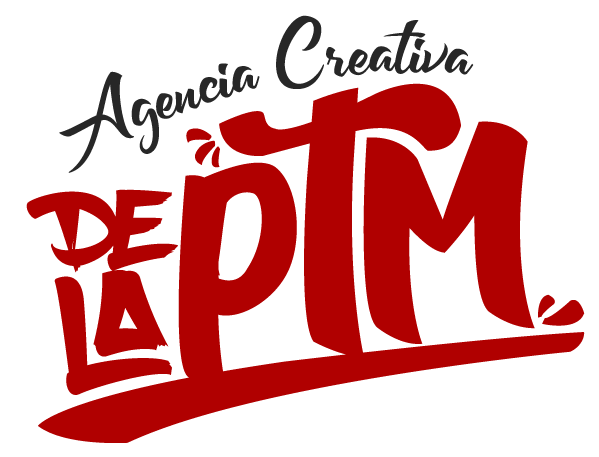As a core concept in modern accounting, this provides the basis for keeping a company’s books balanced across a given accounting cycle. In practice, maintaining the balance of the accounting equation may involve multiple accounts. For example, purchasing inventory on credit increases both the inventory account (an asset) and the accounts payable account (a liability). These principles ensure consistency and reliability in financial reporting, enabling stakeholders to make informed decisions. Accountants use the language of debits and credits to describe the recording of transactions, but it is more important to understand how they impact assets, liabilities and equity.
- For example, a creditor who lends money to a restaurant owner has a right, in a legal sense, to a portion of the business’ assets until the business repays its debt.
- To begin with, it doesn’t provide an analysis of how the business is operating.
- The trial balance includes columns with total debit and total credit transactions at the bottom of the report.
- Receivables arise when a company provides a service or sells a product to someone on credit.
- In summary, for each financial transaction, one of the two accounts must be debited and the other credited in order to establish a counterpart.
To construct a Balance Sheet, you gather information about a company’s assets, liabilities, and equity and arrange them in a standardized format. To maintain the balance, the total assets must always equal the total liabilities and equity. An accounting equation is a mathematical formula that illustrates how a company’s total assets and total liabilities relate to one another. In other words, an accounting equation is a mathematical expression. The accounting equation offers businesses a simple way to visualize their finances at a high level and serves as a basic error detection tool. If at any point the sum of debits does not equal the sum of credits, it may indicate a mistake has been made in the recording of financial transactions.
The Liabilities part of the equation is usually comprised of accounts payable that are owed to suppliers, a variety of accrued liabilities, such as sales taxes and income taxes, and debt payable to lenders. Accounts payable include all goods and services billed to the company by suppliers that have not yet been paid. Accrued liabilities are for goods and services that have been provided to the company, but for which no supplier invoice has yet been received. At first glance, you probably don’t see a big difference from the basic accounting equation.
What is the Accounting Equation?
Other names used for this equation are balance sheet equation and fundamental or basic accounting equation. The accounting equation, also known as the balance sheet equation, is a fundamental principle in accounting that states that a company’s assets are equal to the sum of its liabilities and owner’s equity. The balance sheet is the linchpin of the structural integrity of the three key financial statements. It must always balance and the fundamental accounting equation, assets equals liabilities plus equity, provides the basis for the recording of all business transactions.
They prove that the financial statements balance and the double-entry accounting system works. The company’s assets are equal to the sum of its liabilities and equity. The owner’s equity is the balancing amount in the accounting equation. The Financial Accounting Equation is essential in financial management as it provides a framework for understanding a company’s financial position. It helps in determining the resources the company owns (current assets), the obligations it owes to others (liabilities), and the amount of money that belongs to the owners (equity). By keeping track of these elements, businesses can make informed decisions about their finances, plan for the future, and assess their financial health.
Sell Goods on Credit
These fundamental ideas are caught by the accounting equation and are vital for current accounting techniques. The equity is what remains of the investment of the owners of the company, by the difference between the value of the assets and the value of the debts. The accounting equation is not limited to business financials; it has practical applications in personal finance and business decision-making. This section explores how individuals and companies can use the accounting equation to manage their finances more effectively.
This reduces the cash (Asset) account and reduces the accounts payable (Liabilities) account. The accounting equation is only designed to provide the underlying structure for how the balance sheet is formulated. As long as an organization follows the accounting equation, https://accounting-services.net/accounting-equation-definition-and-example/ it can report any type of transaction, even if it is fraudulent. In short, the accounting equation does not ensure that reported financial information is correct – only that it follows certain rules regarding how information is to be recorded within an accounting system.
Illustrating the Equation
However, when the owner’s equity is shifted on the left side, the equation takes on a different meaning. The claims to the assets owned by a business entity are primarily divided into two types – the claims of creditors and the claims of owner of the business. In accounting, the claims of creditors are referred to as liabilities and the claims of owner are referred to as owner’s equity. If a business buys raw materials and pays in cash, it will result in an increase in the company’s inventory (an asset) while reducing cash capital (another asset). Because there are two or more accounts affected by every transaction carried out by a company, the accounting system is referred to as double-entry accounting. The accounting equation is also called the basic accounting equation or the balance sheet equation.
Extended Version of The Accounting Equation
The accounting equation is the basic element of the balance sheet and the primary principle of accounting. It helps the company to prepare a balance sheet and see if the entire enterprise’s asset is equal to its liabilities and stockholder equity. In simpler terms, it means that the total assets of a company are equal to the sum of its liabilities (debts) and the owner’s equity (the owner’s investment in the business). As you can see, all of these transactions always balance out the accounting equation. The equation is generally written with liabilities appearing before owner’s equity because creditors usually have to be repaid before investors in a bankruptcy. In this sense, the liabilities are considered more current than the equity.
There is a possibility that some of these activities will lead to business transactions. For example, the suppliers will deliver the ordered goods, and the workers will be paid for their efforts. There are many activities that are not considered to be business transactions that are carried out by businesses. One quality that is shared by all assets is the ability to continue providing services or benefits into the foreseeable future. This opportunity to provide a service or realize potential economic gain for the company will ultimately result in cash inflows (also known as receipts). The accounting equation is applicable to all economic entities, irrespective of their size, type of business, or organizational structures for conducting business.
The accounting equation is all about the equality of the assets and liabilities side with each other. An organisation ABC wish to buy a ₹500 manufacturing machine using cash. This deal will result in debt of (-₹500) for equipment and (+₹500) as a credit to cash. Businesses often face complex financial decisions, ranging from investment choices to capital structure considerations. This section illustrates how business owners and managers can utilize the accounting equation to assess the financial implications of different decisions and optimize their financial strategies.


